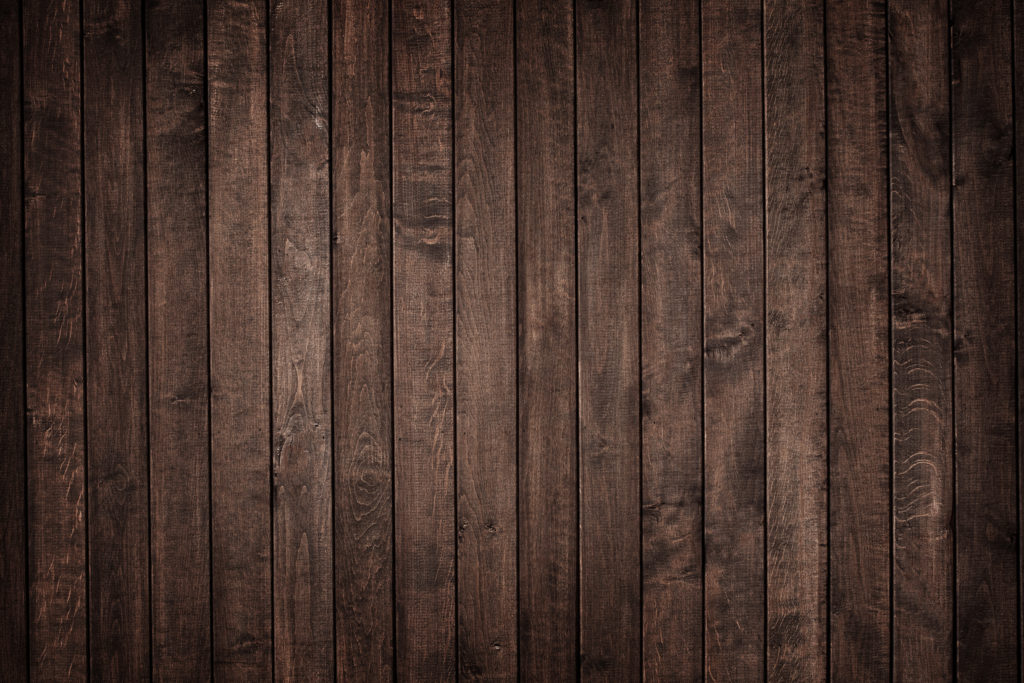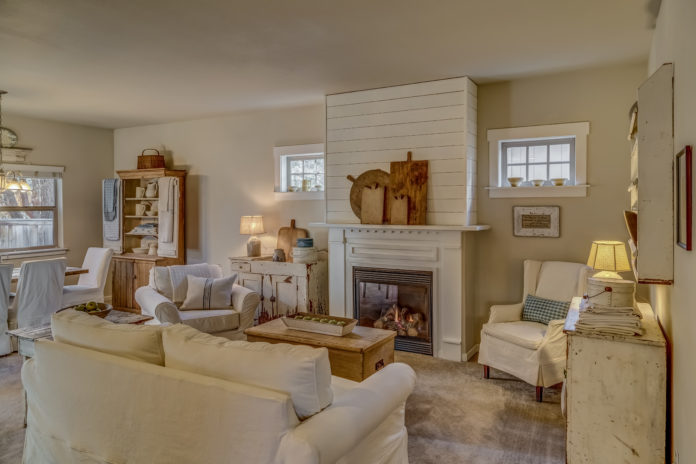One common material found in many homes across the globe is wood. You can find it on floors, walls, and furniture. But, not every wood produced by Mother Nature has the same characteristics. Use the right wood in your home, and you can gain different benefits from it. Fail, and you might experience some repercussions.
Factors To Consider In Choosing Wood For Your Home
You need to consider different essential factors when shopping around for the right type of wood for your home. Some of these factors include:
Water Resistance
Using wood in your home can promote an aesthetic appeal that’s unique to other materials. For example, tiles can be symbols of cleanliness in your abode. Conversely, wood presents properties with an earthen touch that can enhance the comfort levels within the premises.
But, it doesn’t mean you should use random wooden materials for the different areas of the house. Some areas of the home have more moisture than other locations. A couple of excellent examples are the bathroom and kitchen.
Perhaps, you might be thinking about how to dry wood. This material, when moist or wet, can dent or warp when exposed to extreme heat within a short period. Hence, it might be inadvisable to dry certain wood types hastily.
However, some types of wood are more water-resistant than other variants. If you make a mistake, then the durability of your wooden pieces might be reduced. So, consider using water-resistant wood for areas in your home with a relatively moist environment.
Some water-resistant wood types worth mentioning are California redwood, bald cypress, and Ipe. Out of these three options, Ipe can be your primary choice since it’s an extremely dense wood.
The Type
The market has several types of wood on offer, and each kind can best fit specific uses. For instance, one wooden material is ideal for kitchen surfaces, whereas another variant might be better for your bedroom floors.
With all the wooden materials available on the market, it might become challenging for you to make a sound decision. However, you can place wood into two primary categories:
- Hardwood
Hardwoods are ideal for floors and other surfaces. It’s because wooden materials that fall under this category have high densities. Consider using hardwood in exterior locations as these materials are resistant to rot and decay from the elements.
- Softwood
You can identify softwood if the material comes from trees that stay green and leafy throughout the year. Although this wood category tends to be lighter and less durable than their hardwood counterparts, softwoods can be excellent choices for specific applications like carcassing, building frames, and general building requirements.
You can mix wooden tones in your home for a unique visual effect. But, don’t mix-and-match different hardwoods and softwoods because of their appearances alone. Instead, think of their similar traits to form coherent combinations wherein one type of wood won’t bring adverse effects to the other.

Staining And Finishing Options
Perhaps you’re looking for the right wood for your new flooring. If so, you should consider the staining and finishing options on your chosen material.
A stain can add “pop” to the natural color of the wood. The right stain can highlight a grain pattern while enhancing its aesthetic appeal.
Furthermore, finishing helps facilitate the maintenance of the wooden floor. High-quality finishing prevents the material from getting dirty, and it may extend the longevity of your floors.
If you are sure about the color of the stain and finish of your chosen wooden floor, you can use Do-It-Yourself (DIY) techniques to change the tone of the material. Just make sure you know what you’re doing, or you’ll incur costly mistakes. Consider hiring a professional painter if you find this task to be too much of a challenge for your current DIY knowledge.
Budget
Don’t go overboard when selecting the right wood for your home, especially when thinking about the price. Set a budget before you start wood shopping and stick to that spending allowance. After all, you don’t want to spend all your hard-earned cash in acquiring the wooden material, and disregard other home renovation plans you may have in mind.
Conclusion
Different types of wood go well in different areas of the home. There might not be one particular type of wood suitable for all rooms, but you can combine different woods to form a coherent and visually-appealing effect. Just make sure to consider the type, stain, and finish before finalizing your selection. Also, remember not to go over your budget so that you can spend the extra cash for other DIY projects around the house.
















